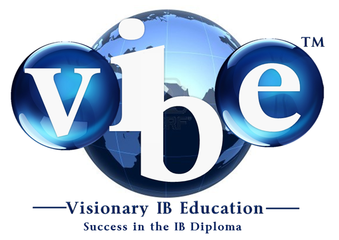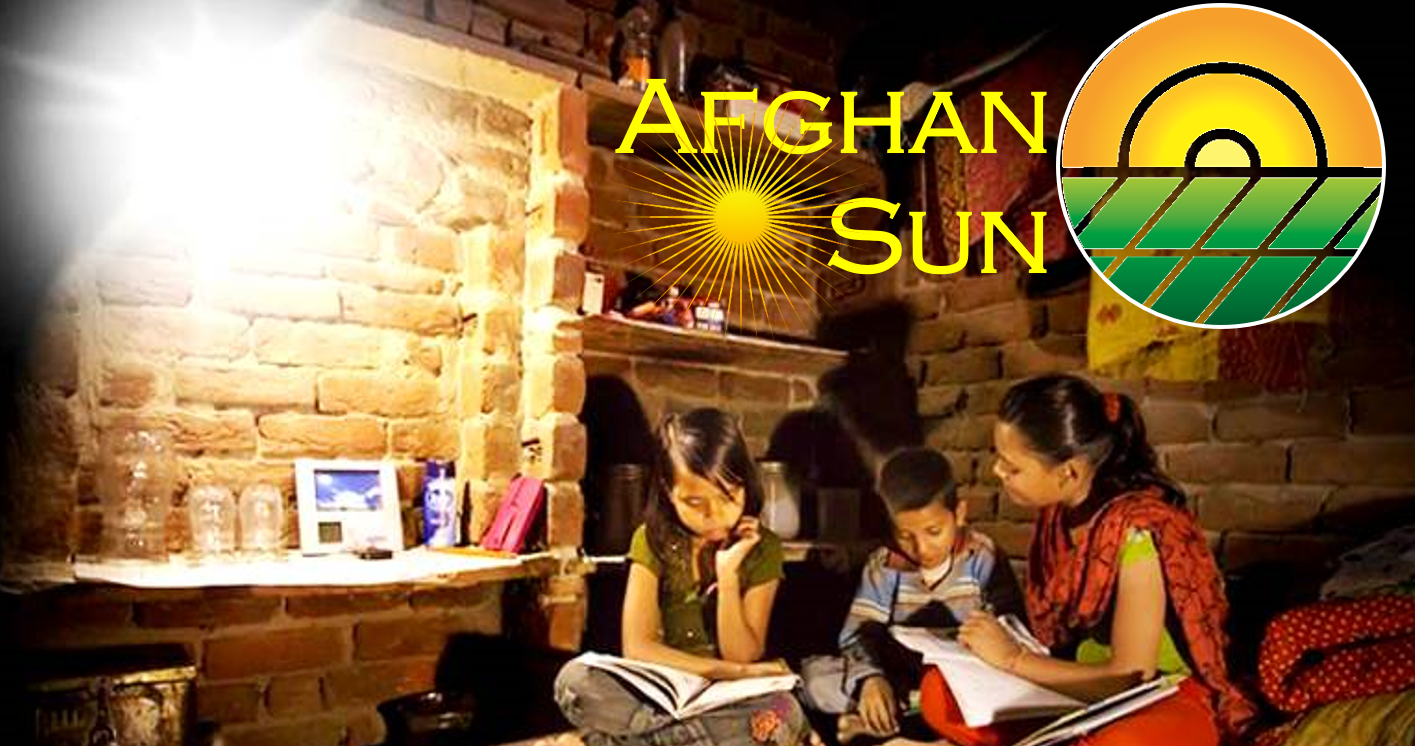IB Business Management:
|
Afghan SunDownload the Afghan case study, right. Spend lots of time reading and thinking about the case.
|
Your browser does not support viewing this document. Click here to download the document.
|
Case study Analysis
Case Study: key termsHere are the key terms associated with the pre-released case study – Afghan Sun. All IB Business Management students should be able to define and explain these terms.
Your browser does not support viewing this document. Click here to download the document.
|
CASE STUDY: KEY TERMS DefinitionsTeachers, here is an easy activity to start your IB Business Management students in their case study learning and revision. Match the key terms with these definitions.
Your browser does not support viewing this document. Click here to download the document.
|
Key Insight!In finance, risk is the probability that an actual return on an investment will be lower than the expected return. The greater the degree of risk the lower the discounted flows will be, and the higher the rate of return must be to account for the elevated risk. In purely financial terms, the investment that is required to establish and maintain operations at AS carries much risk. It is highly unlikely that the venture would be pursued on commercial terms alone. Large scale manufacturing is a difficult proposition, the target market has low disposable income, and the vagaries of doing business in Afghanistan would require a highly experienced team on the ground. Afghanistan ranks an extremely poor 183 out of 190 countries in the global ‘ease of doing business’ rankings. Therefore, the social good that the business aims to achieve must be credited – a qualitative factor in the investment decision. |
Key Insight!The current marketing mix of AS as it now stands is:
Further, we have no indication of just how important a priority electricity is in the target market. A very low price seems to be inconsistent with AS’s plans for manufacturing the product themselves. The lowest price would be achieved by purchasing the systems off a large, low cost global manufacturer that had economies of scale. This would result in the lowest unit cost to AS, the lowest price to its customers, a greater uptake of the product, and the greatest social good being achieved. Effective marketing in remote, rural Afghan villages seems almost impossible. First, distribution costs are going to be very high, and in a cost-plus pricing system, such high variable costs inflate the price of the product and appears incongruent with PRICE. Second, promotion of the product is something that needs to be carefully considered. Local agents and personal selling will be expensive, again conflicting with PRICE. However, it would seriously need to be considered as above the line promotion would be all but impossible in rural villages without electricity, and literacy rates are astonishingly low. |
Case Study: Key Terms in ContextThis activity is one of the best learning activities to have your students undertake. It encourages the student to read the case study carefully while thinking about what is and what is not IB Business Management course content. The student will revise what each key term means and at the end, have a fantastic revision resource which defines each key term within the context of the actual case study.
Your browser does not support viewing this document. Click here to download the document.
|
Key terms + DefinitionsEmbedded below is a complete list of all IB Business Management terms associated with the November 2017 case study – Mikumi Secondary School.
It is very worthwhile having students develop a set of flashcards (interactive or traditional) based on these case study key terms and definitions, such as we have created below. We know that students will be asked to define, explain and discuss some of these in their Paper 1 exam.
Your browser does not support viewing this document. Click here to download the document.
|
Case Study: SWOT AnalysisTeachers, here is an activity to get your students thinking about the strengths and weaknesses of MSS, and the opportunities and threats that MSS faces.
Your browser does not support viewing this document. Click here to download the document.
|
CASE STUDY: SWOT AnalysisWe have conducted a comprehensive SWOT analysis of Mikumi Secondary School. Our SWOT is based on information in the case study, without the inclusion of any additional information.
Your browser does not support viewing this document. Click here to download the document.
|
Case Study Nov 2017 Key Terms Flashcards
The flashcard set below contains all of the key terms and definitions associated with MSS – the IB Business Management case study for the Nov 2017 Paper 1 SL and HL examinations. Try the different study modes for variation and games.





















